Mothership Kayaking the Inside Passage
April-May 2000
This is an article from WaveLength Magazine, available in print in North America and globally on the web.
by Jennifer McMahon
 |
Winching kayaks aboard the Columbia, photo Alan Wilson |
I will drop anything for the chance to slip into a kayak and paddle British Columbia's vast network of marine trails. But I have my standards. I prefer a single kayak to a double and like to think of myself as a "coureur de bois" type of adventurer who enjoys the challenge of portaging and camping in the wilds.
So it is with a few misgivings that I join a group of nine unknown paddling mates, three crew and a pod of double kayaks on board the 68-foot Columbia for a mothership kayaking adventure into the backwaters of the Inside Passage that flow between Vancouver Island and the ragged edge of the mainland.
Mothership kayaking offers all the joys of paddling without the hardships associated with wilderness tours (rain, wet gear, loaded kayaks). The ship acts as a mobile floating base where a hot meal and a dry bed await at the end of the paddling day.
The Columbia, built in 1956, was part of the Anglican missionary/medical fleet that plied the waters off the west coast, serving isolated villages and logging camps between 1905 and 1969. Completely refurbished by skipper and owner Bill McKechnie-former owner of Victoria's Abigail's Hotel and the Beaconsfield Inn (both rated the coveted five-star accomodation award for 1999 by Canada Select)-she is a beauty. Polished and refined with gleaming brass and rich hardwood and state of the art navigational and safety systems, she boasts five private cabins, three 'heads', two showers, and a sitting/dining room complete with a well-stocked library and cheery gas-fired stove.

|
Captain Bill McKechnie and dinner
|
She will be our home for the next six days as we explore Johnstone Strait and the island-choked fjords and inlets of the Broughton Archipelago. Our brochure assures us that we'll see plenty of wildlife and marine mammals, visit isolated coastal villages, enjoy comfortable accomodation and gourmet meals-plus we'll have a guaranteed fun time.
Eight Americans and one other Canadian besides myself have signed on for this trip. There's Don, the quiet spoken Alberta government policy advisor; Jane and Peter, a Wisconsin husband and wife doctor team with their softwear engineer son Nathan; Nancy, a budget analyst for the US courts-with the whitest shoes and best pressed casual slacks I've ever seen on a kayaking trip; California civil engineer Kris and his wife, fibre artist Shanna, and also from Wisconsin, university professor Frank, and his accountant wife Mariana. Rounding out the baker's dozen is owner Bill McKechnie, his partner and head guide Sharon Comeau, and assistant guide and naturalist Lorna Cameron. Can a government advisor, bean counter, budget analyst, engineer, computer wonk and professor really be that much fun?
And what about the kayaks? These are no sleek singles. These are great big couldn't-flip-'em-if-you-tried doubles. In a single kayak there's no question as to who's in charge. Not the case in a double. Double the pleasure or double the trouble? On our first day Sharon is quick to diplomatically point out that both the front and back positions are equally important. The front paddler sets the pace while the rear person steers (read, controls) with foot pedals attached to the rudder. All the men want the stern.
Fast forward to breakfast talk, day three. "We think it's time to break up the fast-moving women's team in kayak number three. So," continues Don, "I think we should bring it to the table (breakfast table?) and discuss positioning for the now all mixed pairs. Who goes in the back?" In perfect sync, each woman shouts, "I do! I do!"
From that day on, all the women are in the stern. Sharon has to stop and take a photo. Grrrl power! And there's something more. A sense of giddyness and cameraderie that has all laughing and bonding into a cohesive raft of kayakers having a hoot and a holler of fun.
We spend six glorious days exploring the nooks and crannies that prevail in this pristine wilderness: a wilderness where low lying islands hug the water and great heaves of mountain thrust their peaks heaven bound. We eat chocolate "s'mores" under a star studded sky on a secluded beach until there are no more; scream across the water in the Columbia's 350-cubic inch Chevy corvette engine-driven skiff with Bill to set crab traps in nearby bays; feast on our catch on a 4,500 year old midden beach; hike to Eagle Eye lookout-summer home to marine biologists who track and study the killer whales that show up in Johnstone Strait-and marvel at the porpoises, dolphins and orcas that come breathtakingly close to the Columbia's bow.
 |
Writer Jennifer McMahon celebrating a great trip |
I find that by Thursday I'm actually looking forward to the teamwork the double kayak demands. My partner sets the appropriate pace and I steer us either close to the rock wall faces, so we can peer down at the colourful sunstars below, or into the mild currents to catch a ride down an open channel. The melodic plip-plop of our blades as we dip and draw through the silky water in perfect tandem is mesmerizing and leaves me with a soothing sense of serenity. Orange and purple starfish cling to craggy walls above the tideline looking like strings of decorations set out in celebration of our arrival. Skirts of cedar and fir trail to the water's edge and at low tide look as though they have been precisely trimmed by a master gardener. Thick thatches of huckleberry, salal and ocean spray hug the rock walls in a tangled embrace. As we head ever north and east, we see fewer boats and even fewer people.
By day we nudge the noses of our kayaks into intimate passages that snake around the islands and by late afternoon meet up with the Columbia for hot showers, a glass of Bill's homemade wine and splendid meals cooked up in the small but efficient galley. Nights are cosy in the glow of the saloon lamps as we sit around the table, steaming mugs of tea, coffee or hot chocolate in hand. Conversation is never dull. Canadian-schooled, twenty-something Lorna, "Like, I know what a metre is but what is a yard-like, my backyard?" US doctor, Peter solemly answers, " If you have 16 people in your yard, you have 32 feet!" With each passing day a comfortable bond settles like a warm blanket upon the group.
We have two days of rain where thick layers of grey stretch across the westcoast canvas. Inside the Columbia it's warm and dry as we power up to our next destination-a good time to curl up on the sofa and browse through the library's books and magazines. From the window I wince at the sight of wet campsites where kayakers are either cocooned in damp tents or huddled under tarps sipping hot drinks to keep warm. Been there, done that and now I'm one happy camper (make that boater), thankful to be aboard our mothership.
But worse off than the bedraggled kayakers is Sparky, an Australian cattle dog that fell off an American power boat and was left for lost in Kenneth Passage. Sharon had heard of a dog going overboard two days prior on the ship radio and, by the time we found him, the shivering canine had spent three days clinging to a temporary island of uprooted trees and branches that had been pushed up against a rock wall by the channel currents. As we head toward Roaringhole Rapids in our kayaks, we hear his desperate cries echoing off the surrounding cliff walls. Once we locate his tangled nest of branches we realize he won't come near the kayaks so we radio for help from Bill on the Columbia. Bill manages to lure the exhausted and panic-stricken Sparky into the skiff amidst yippees and applause from our group. A day later, Sparky is picked up by float plane and flown to Seattle where he is reunited with his happy family and makes the front page of the Seattle Times. Not quite a dog's life.
We visit The U'Mista Cultural Centre at Alert Bay on Cormorant Island to learn about the history and culture of the indigenous tribes and villages of the areas we explore. And we visit Village Island, and the abandoned M'Mkwanlis Village where a colourful raft of kayaks is already lined up on the white midden beach.
After lunch and an afternoon paddle past old burial islands we clamber back on the Columbia to sprawl on the decks in the late afternoon sun as we head across Knight Inlet, through Spring, Retreat, Arrow and Spiller Passages into the Broughton Archipelago. The scenery is stunning. The colour green is thick everywhere. It spills from the trees into the water. Magnificent mountains loom against the horizon. Mariana brings out a bottle of scotch and, glasses in hand, we sit and let the surroundings absorb us in sweet silence.
Our last evening is spent in small, secluded Burly Bay where we are surrounded by sheer rock walls that shoot down into the water. At dusk I escape in Sharon's single kayak for a solo exploration of our little Shangri La. The reflection off the water is so perfect, so sharp that it is almost impossible to tell where the land ends and the water begins. Just when I think it doesn't get any better than this, it does. The haunting sound of "Ave Maria" sets the hairs on my neck standing at full salute. Lorna, our naturalist and guide, has quietly slipped off to a rocky ledge where she plays the bagpipes as the last shards of light disappear behind the mountains. As her final note hovers and then disappears into the night, we applaud. Encore, encore! Six more days, please!
|
Getting There Mothership Adventures Inc. (Bill McKechnie/ Sharon Comeau) Kayaking adventures start in Port McNeill Harbour 370 kilometers north of Nanaimo. The Columbia can be chartered by groups for private tours. By car: From Vancouver, take the BC Ferry from Horseshoe Bay to Nanaimo. Take Highway 19 north and follow signs to Port McNeill. Driving time is approximately 5 hours. BC Ferry Information 1 888 223-3779. BC Ferry Reservations 1 888 724-5223. During summer months, it is highly recommend to reserve and therefore guarantee a spot on the ferry- well worth the $15 fee. By plane: Pacific Coastal Airlines 1 800 663-2872. Four daily flights from Vancouver to Port Hardy. A taxi or shuttle is available for the 20-minute drive to Port McNeill. Kenmore Air 1 800 543-9595. Daily float plane service from downtown Seattle to Port McNeill Harbour. |
Jennifer McMahon is a West Vancouver freelance writer and fitness instructor
For more information on Mothership Kayaking, see our "Mothership Directory"

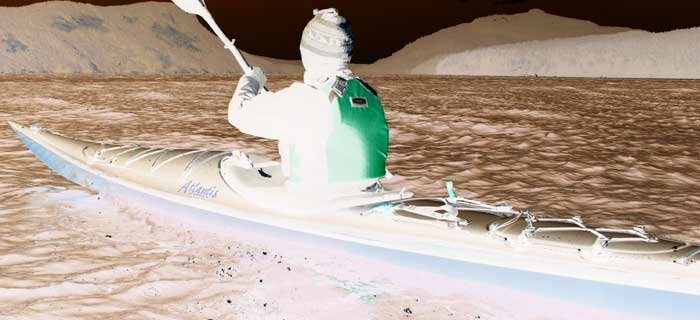
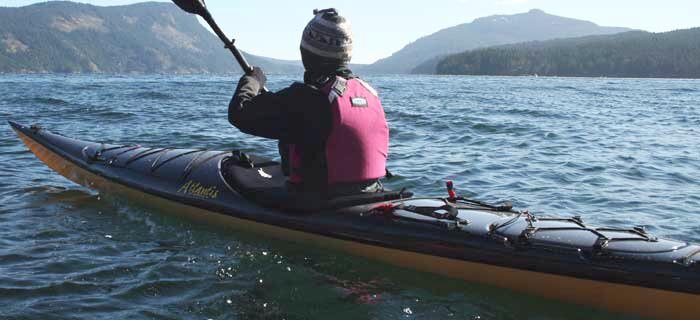
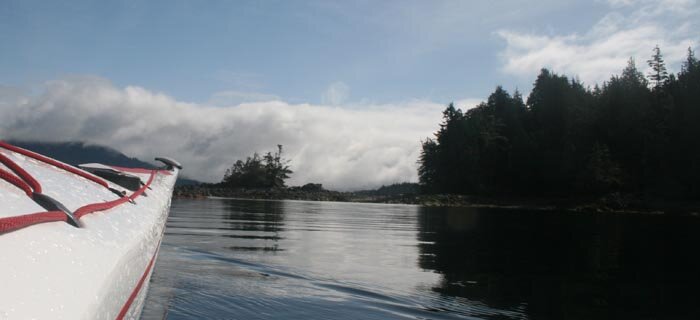
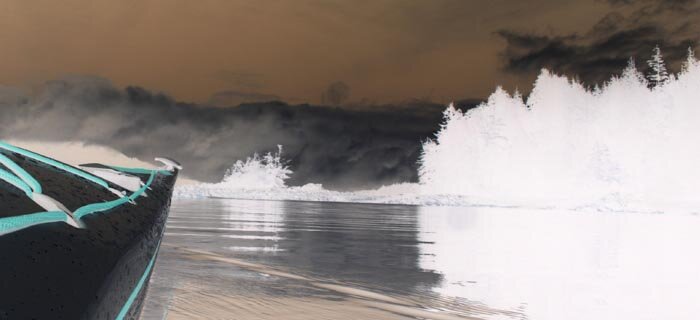
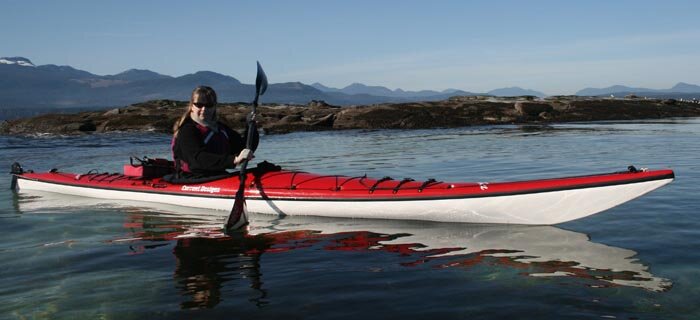
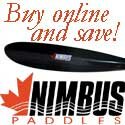
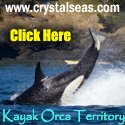
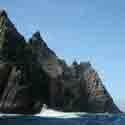

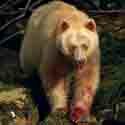











 This site uses valid HTML, CSS and Flash. All content Copyright © 2010 Wild Coast Publishing.
This site uses valid HTML, CSS and Flash. All content Copyright © 2010 Wild Coast Publishing.